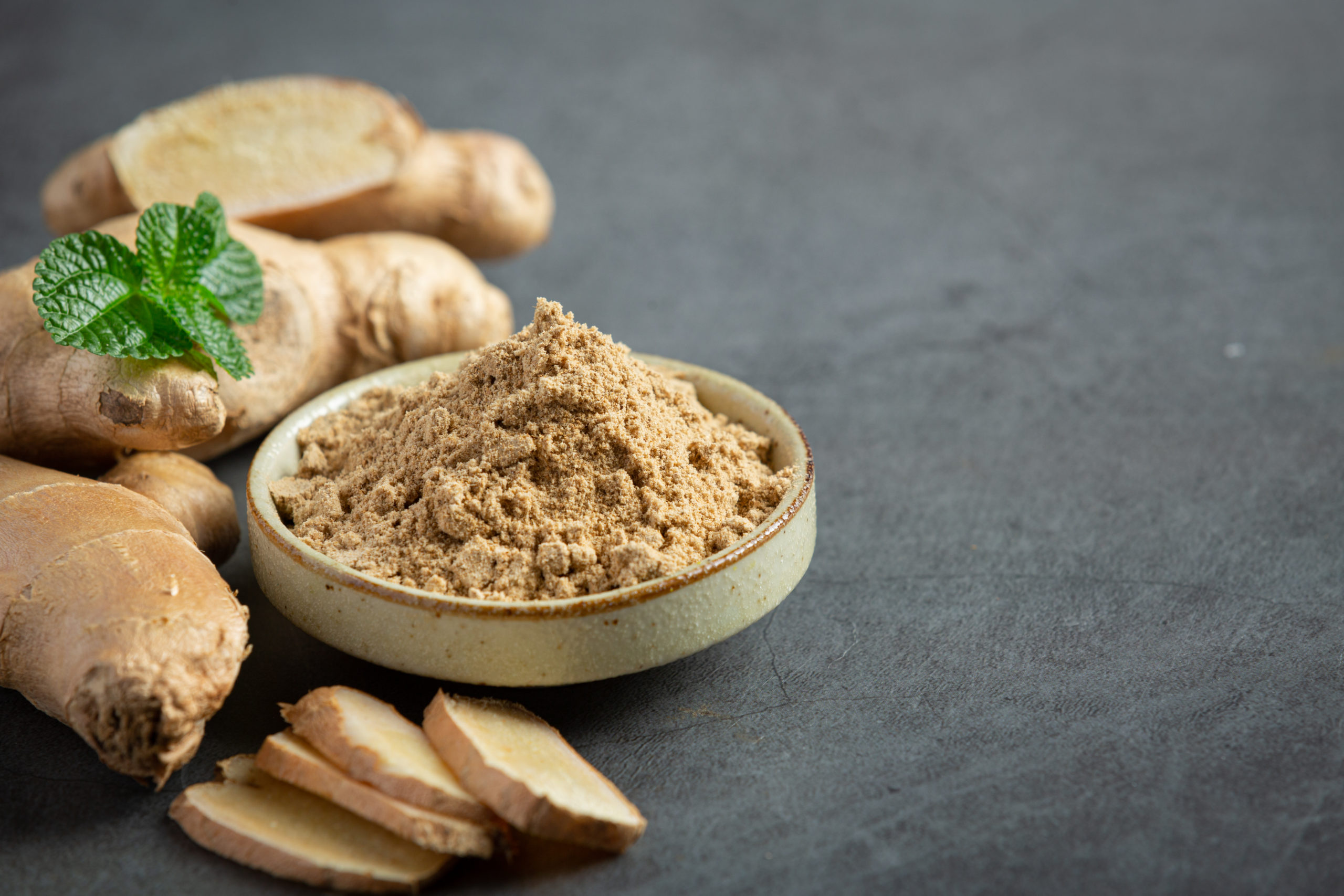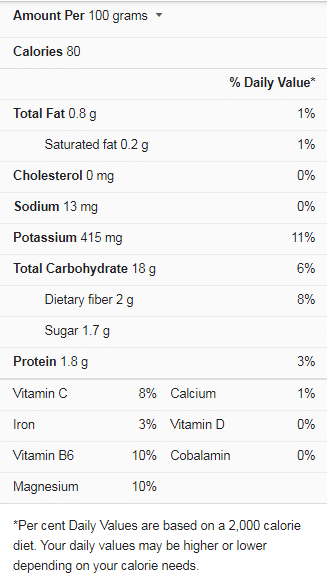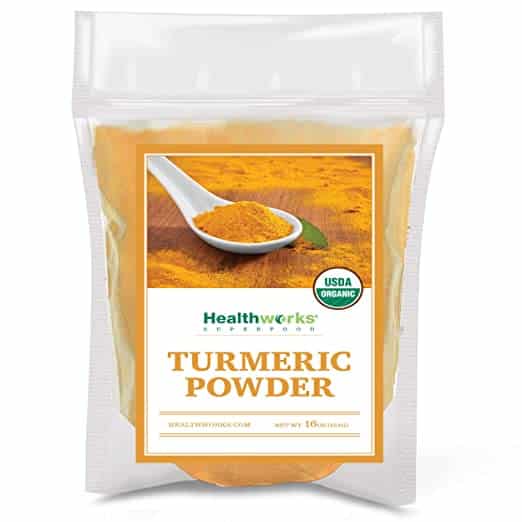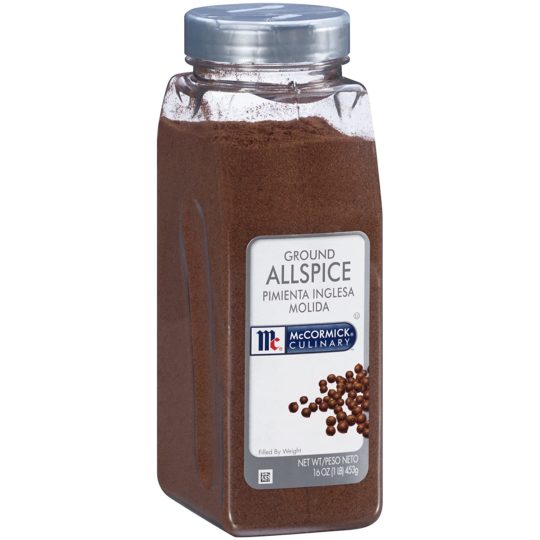Updated on April 9th, 2023
Ginger is used in many cuisines worldwide, minced or not, in both sweet and savory recipes since it completes the meal and can transform any bland dish into an explosion of flavor. People have cultivated the habit of sprinkling this fragrant spice into almost all of our savory stir-fries and curries, plus it also has a long list of health advantages.

Many of us keep ginger available because it is such a wonderful and nutritious spice. Numerous recipes call for the use of ginger, whether it is minced, fresh, or ground. However, there may come a time when you may run out of ginger or do not have the time to get minced one. I am going to show some preferred substitutes that will still go along with your tasty recipes.
What is Minced Ginger?
Minced ginger is simply ginger that has been processed and diced into little pieces. Ginger, a knobby, fibrous root, is notable for its soft, light brown skin with a sheen. In addition, the root has white flesh. Ginger root is a condiment that adds taste to baked goods like cakes, cookies, bread, and beverages. Minced ginger is also great in sauces and fruit dishes, and it’s a common ingredient in today’s cuisines. Notably, if you want your minced ginger prepared yourself, cutting ginger into thin matchsticks lengthwise and then across is the conventional procedure.
Here’s how to efficiently mince ginger:
- The ginger root should be cleaned and peeled.
- Slice the peeled ginger root as thinly as possible, then arrange the pieces on the cutting board in a shingle overlap pattern.
- Cut them into thin matchsticks by cutting across them, then thinly slicing them crosswise.
Ginger Nutrition Facts

Minced Ginger Uses in Recipes
Notably, minced ginger adds a unique flavor to a dish. It has an antibacterial effect, which may aid in combating a variety of ailments. Ginger’s carminative effect, which helps break up and expel intestinal gas, makes it an effective natural cure for nausea, motion sickness, morning sickness, and overall stomach discomfort. Minced ginger, interestingly, gives savory foods and desserts a pronounced peppery flavor. See how you may use minced ginger in a variety of recipes.
- Beef with minced ginger.
- Gingerbread.
- Ginger minced pork rice.
- Ginger & garlic paste.
- Grilled gingered salmon.
- Ginger chicken.
- Ginger tea.
- Ginger tonic.
- Steamed fish with minced ginger.
- Ginger juice.
- Ginger chicken stir fry.
- Ginger fruit salad.
- Ginger fried rice.
- Ginger biscuits.
- Carrot ginger coconut milk soup.
Minced Ginger Substitutes
Ginger has been used in cooking since the olden days and is a frequent ingredient in our everyday cooking. Minced ginger not only adds a distinct flavor to dishes but also makes them healthier. However, you may run out of this magical element from time to time. In this case, you may need to explore different spices that enhance flavor while also providing a variety of health benefits.
Cinnamon Sticks
Cinnamon has a similar warm, sweet flavor to ginger. So, if you don’t have any minced ginger on hand, cinnamon sticks can be a great substitute. It’s made from the skin found in the interior layer of the cinnamon tree’s fragrant bark – it is simply cinnamon’s dried inner bark, which is used to spice up a variety of dishes. Cinnamon sticks, which range in length from 2 to 6 inches, are commonly used in cooking to spice up the flavor of delicacies and baked products like cakes, pastries, and bread. Apart from that, cinnamon sticks are said to be used to spice up Asian curries. Notably, the effectiveness of both minced ginger and cinnamon sticks is about the same.
Tumeric
Since ginger and turmeric are so closely related, the two flavors can sometimes be confused. This vivid yellow and orange spice is best used in curry paste, stir-fries, sauces, and meat dishes since it has an aromatic and spicy flavor. Nonetheless, turmeric may be found in any supermarket shop. Still, if you want the root, you’ll have to look for it in organic stores. Notably, turmeric can be used in the same way that minced ginger is used. However, find a turmeric root. It would be best to use about ¼ teaspoon of grated turmeric, as its flavor is way stronger than that of minced ginger.
Allspice
Allspice’s soft spicy-sweet flavor and aroma are reminiscent of other spices such as cloves, nutmeg, cinnamon, and ginger. It is appropriately named allspice since its flavor is suggestive of a spice blend. It goes well with a range of meats, including lamb and beef, and vegetables like carrots, cabbage, squash, spinach, and even soups, making it great for stews. Typically, 12 to 1 teaspoon of allspice is added to the dish while it is cooking. Allspice is a common ingredient in Caribbean cooking and can be used in place of minced ginger. The dried fruit is brown and is pounded into a powder before being used in any recipe. You can add ½ teaspoon of allspice in place of one teaspoon of minced ginger. However, to make allspice mimic minced ginger well enough, you can combine it with other spices.
Frequently Asked Questions (FAQs)
Is it reasonable to substitute ground ginger for minced ginger?
Minced ginger cannot be substituted with ground ginger. If a recipe calls for minced ginger, remember that ground ginger is not a substitute for minced ginger. However, both can have health benefits, such as protecting against the flu and preventing nausea.
How do I mince ginger?
Scrape the skin off the ginger. Then slice the ginger as finely as possible and lay the slices out on the cutting board in a grid arrangement. To produce exceedingly thin sticks, cut them across the grain. To mince the ginger, gather the sticks and thinly slice them diagonally.
How much ground ginger is equivalent to minced ginger?
Appropriate substitution amounts range from 1 tablespoon of grated fresh ginger for each 1/8 teaspoon of ground ginger to 1 teaspoon of minced fresh ginger for each 1/2 teaspoon of ground ginger.
Conclusion
While there is no precise substitute for ginger’s uniqueness, you can use comparable or complementary spices that will complement your dish just as well. For example, they may alter the end product slightly from what it was intended to be, but this can be beneficial. It’s also not required to use the same spice as required by the specified recipe. Just by substituting half of the required amount of ginger, the desired flavor can easily be achieved. For example, you can adjust the amount of spice to be added to the dish as a whole to suit your taste preferences.




